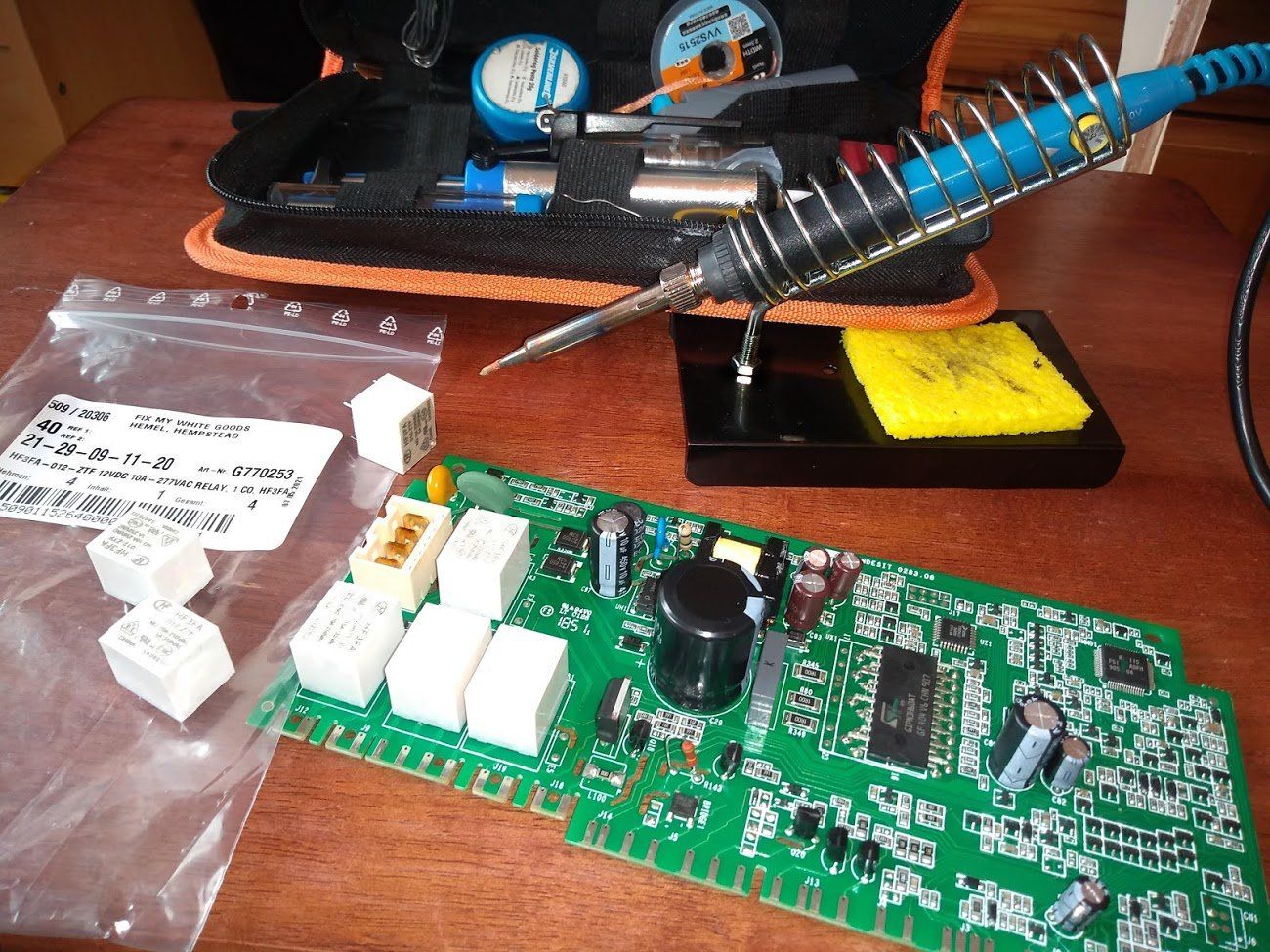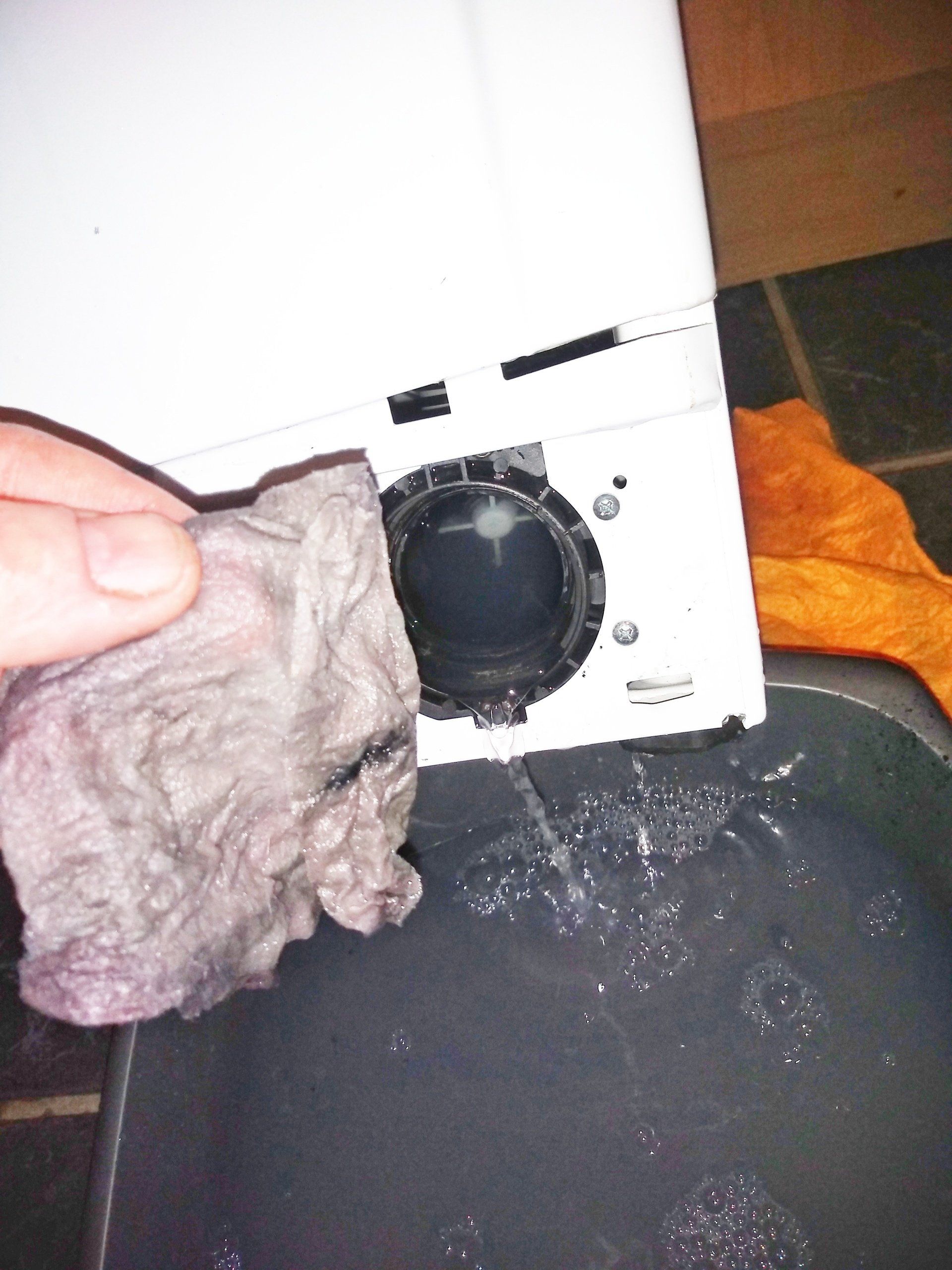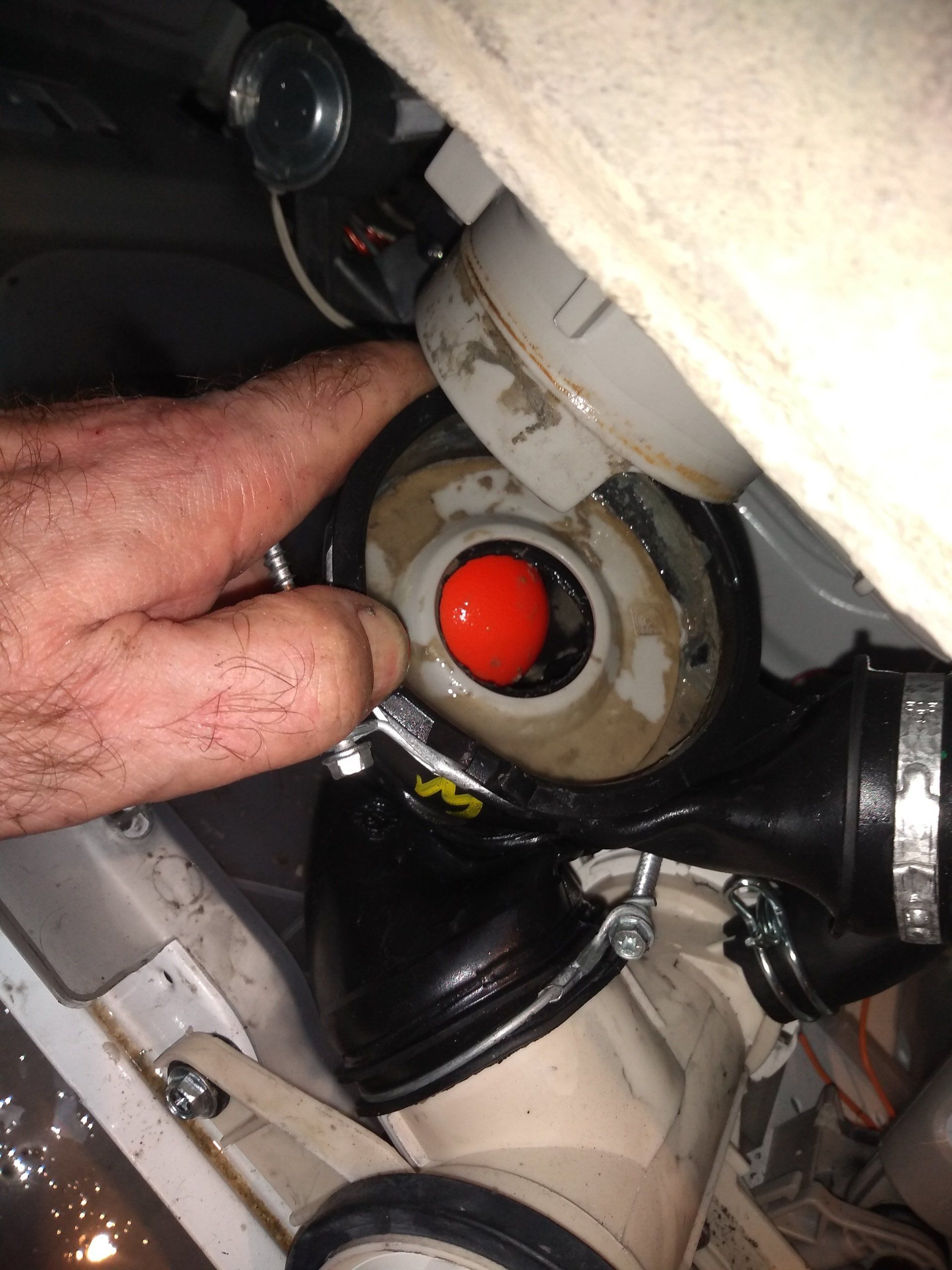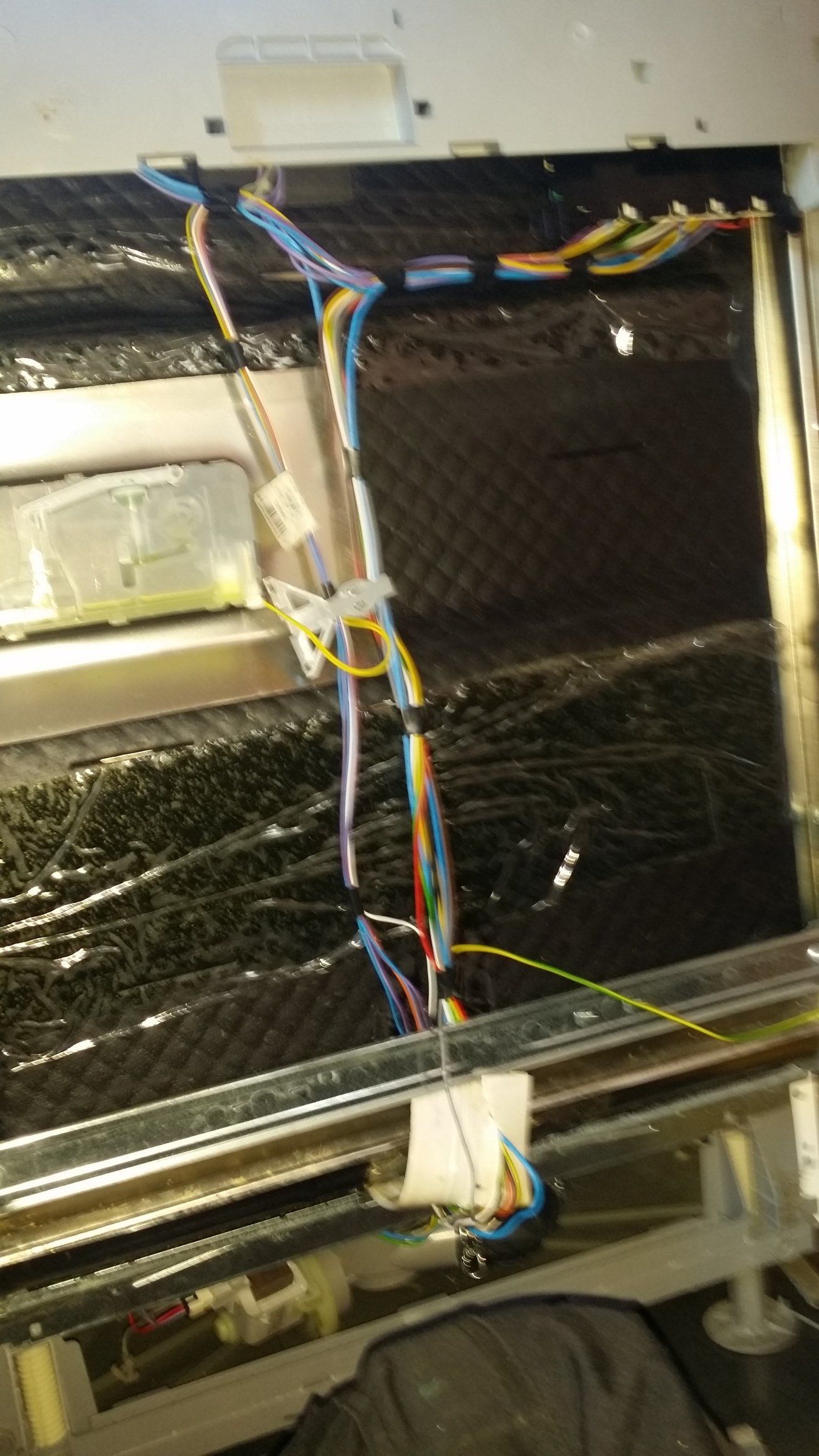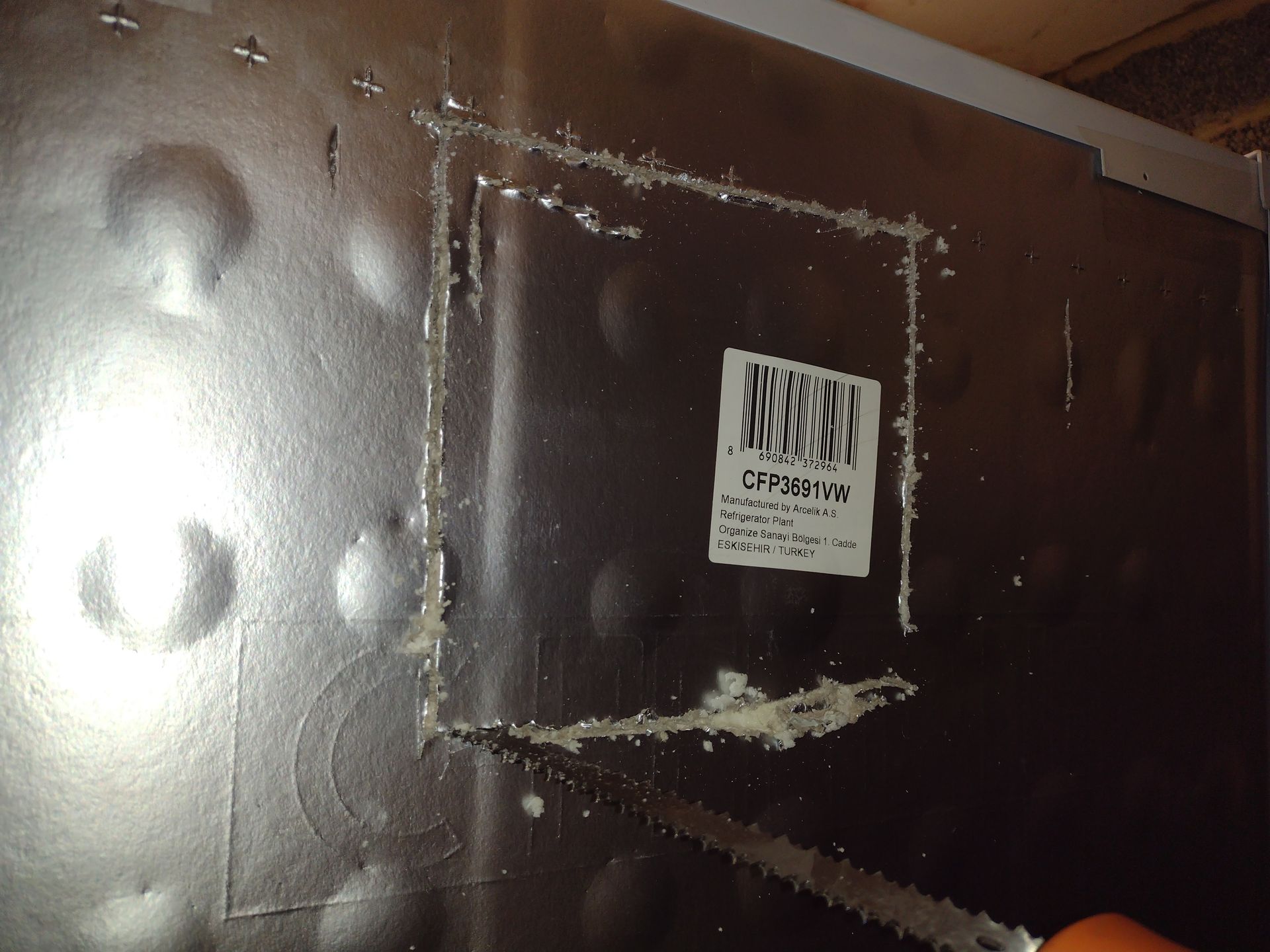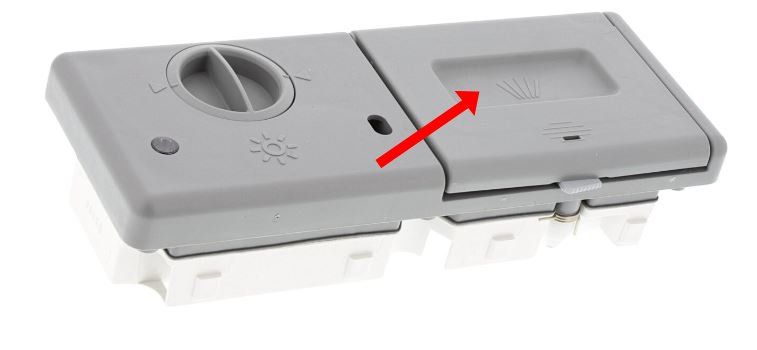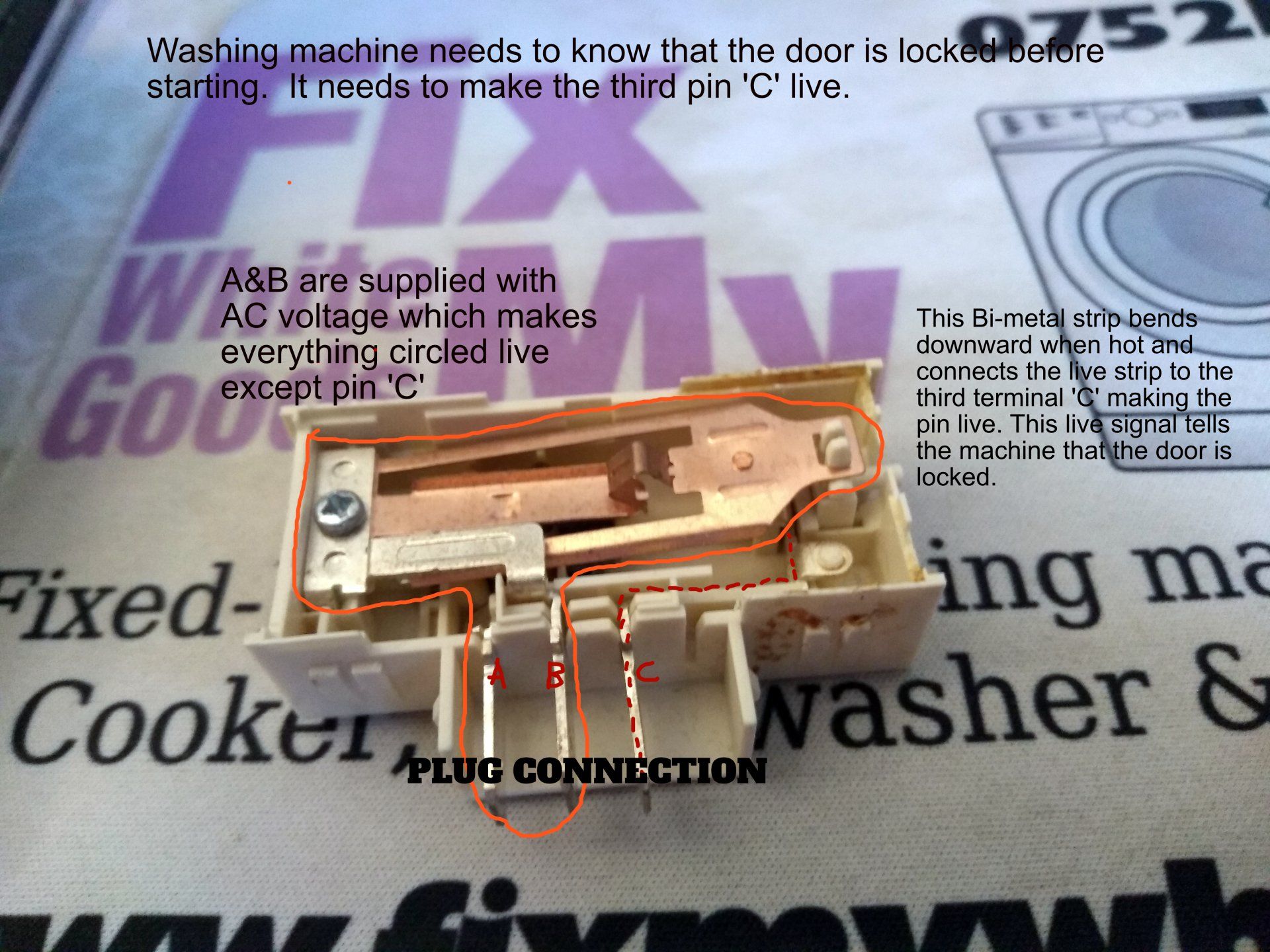Heat pump dryers. They are very efficient in terms of energy usage, but consumer websites don't seem to understand how they work.
There's a real lack of knowledge as to how these work!
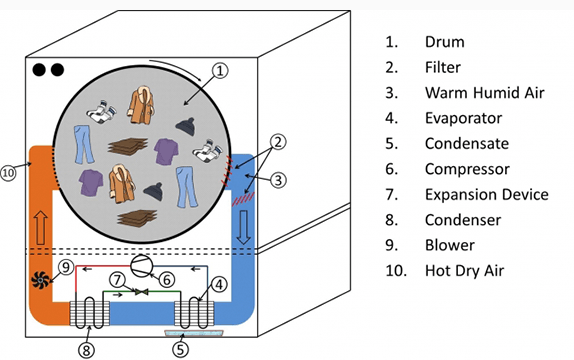
Heat pump tumble dryers. The graphic above shows how they actually work!
I’m surprised by the lack of understanding of heat pump tumble dryers from consumer organisations and other providers of energy saving advice.
I've seen numerous website articles, and even printed ones, which are clearly under researched and misunderstood. The authors of these pieces would appear to have heard the words “heat” and “pump” and have then imagined that heat is somehow being ‘pumped’ into the tumble dryer - or something!
They do get the idea that heat pump dryers are very energy efficient, and that's a good thing to explain to the public, but when they go on to supposedly explain how they work, they get all muddled up with only partially grasping the concept of heat pump technology. And it really isn't that complicated to grasp!
One explanation, from a consumer publication which (see what I did there) is very respected, said that heat pump dryers were so efficient because "The remaining dry warm air is then pumped back through the drum, re-using it to help the clothes dry faster". That is not exactly how a heat pump works, and not a proper explanation of why it is energy efficient. The word “pump” is a misnomer in this context and is misunderstood! There is no dryer pump that pumps warm air into a drum. It is nonsense! They also use a graphic which does not even show the heat pump technology, but just the condensing system as is found on any condenser dryer.
A non-heat pump condenser dryer also recirculates the air, so they are confusing the operation of a standard condensing dryer with that of a heat pump dryer. (However, the graphic above is an actual demonstration of heat pump technology in a dryer).
Heat pump technology has nothing to do with pumps. Heat isn't being ‘pumped’. It’s just terminology.
The same article made a distinction between a ‘condenser dryer’ and a heat pump dryer but this distinction is again incorrect. A condenser dryer and a heat pump dryer are BOTH condenser dryers (I.e. they take moisture from the laundry and use a cooling surface to condense and extract the moisture). A vented dryer (the kind with a large hose which goes through the wall or window) doesn't need to condense internally to get rid of the moisture content; it just passes the hot moist air straight out through the wall so is very wasteful of energy.
Heat pump technology isn’t actually new, as much as appliance manufacturers want you to think that it is; it’s been in your fridge forever! A heat pump dryer is basically a fridge with a drum and churning motor!
A heat pump is basically heat energy being removed from one place and being transferred to another. Your fridge is a heat pump. It takes the heat from the inside of the insulated fridge cavity, including the heat in the food and drink, and transfers it out the back of the appliance into the room through the condenser. It's why you feel heat coming from the back of a fridge or freezer. It's easy to think of a fridge as 'adding cold', but that isn't the case. More correctly it is removing heat energy and putting it outside of the fridge cavity.
A normal condensing or vented dryer has a heating element which uses lots of electricity. What makes heat pump dryers energy efficient is that the dryer doesn't need an electrical resistive heating element. It uses the heat generated by the condensing of a refrigerant gas back into a liquid (and the cooling effect of the evaporation of the liquid to condense the moisture out of the laundry in the warm air).
A small compressor motor, a larger motor to turn the drum & a small condensate pump are the main electrical components in a heat pump dryer. These components aren't particularly energy hungry. There's no resistive heating element, so far less power is consumed. The condenser coil does recapture some of the heat from the drying process and transfers it back to the warm airflow, so there is some truth to the 'recycling of warm air' claims made.
With no electric element, it's not going to get as hot as a conventional vented or standard condenser dryer, so the cycle will inevitably take longer.
Heat pump dryers aren’t suitable for people who require quick drying of multiple loads of washing, but if speed isn’t an issue, they are highly energy efficient and cheap to run. Given the current high cost of electricity, these appliances are likely to pay for themselves in energy savings over time.
